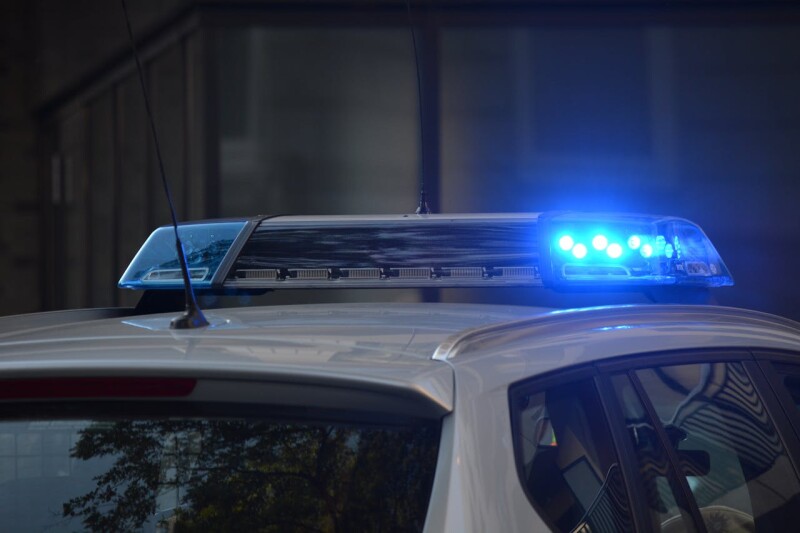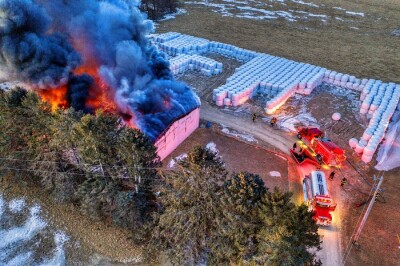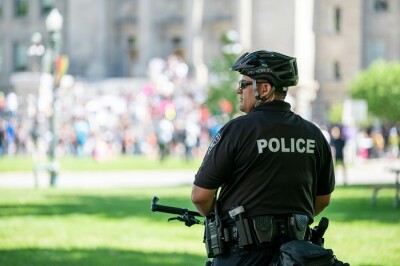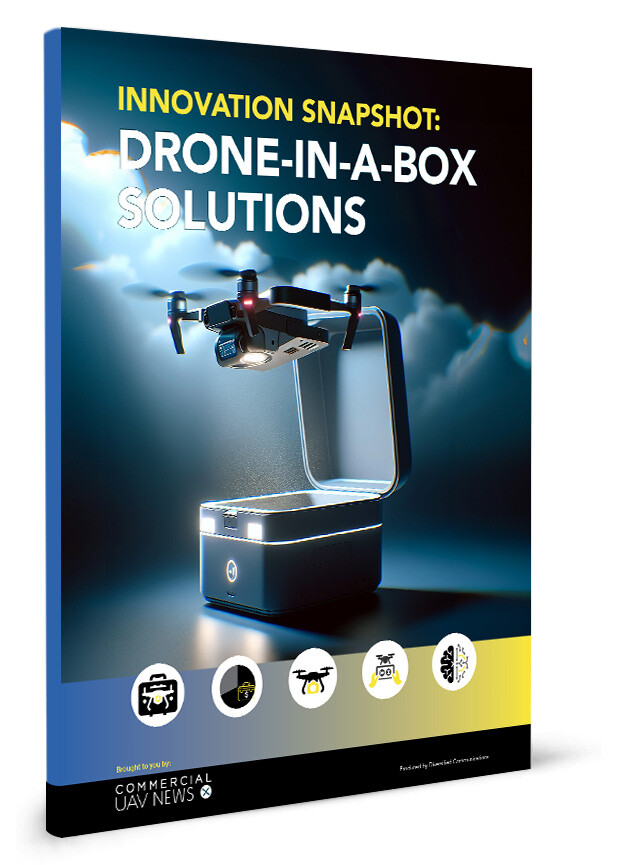Increasingly, public safety organizations, law enforcement agencies, and emergency response groups are adding uncrewed systems to their operations. The speed, accuracy, and safety offered by drones and related technologies enable these professionals to better serve their communities, while bringing savings in time and money to their crucial work.
To keep you up to date, Commercial UAV News publishes regular reports on the use of drones in the public safety sector.
Agencies/departments adopting uncrewed systems
- To help first responders do their work and keep student safe, campus police officers at Northwest Florida State College have instituted a drone unit that will use uncrewed vehicles to “aid in searching for missing people, assessing traffic accidents, photographing crime scenes and mapping evacuation routes.” According to a report in University Business, Northwest Florida State College “invested an estimated $9,000 to purchase four drones and train officers to pilot the systems.”
- In Ohio, the Journal-News reports that the town of Hamilton has purchased a purchased a DJI Matrice M30T, making it the latest town in Butler County to add uncrewed systems to its police department. According to the report, Butler County police departments are working together to get the most out of the technology. “With many departments using drones, departments are coordinating local training, both to maximize the use of drones and to prepare for possible collaboration if a large-scale police issue arises,” the article stated.
- So far in 2024, police in Jacksonville, Florida have deployed their drone six times in response to calls from citizens—but they believe more can be done to leverage the technology. A story in MyJournalCourier stated that the Jacksonville police department currently has three officers who are qualified to deploy a drone in response to calls, and they are looking to expand their current drone-based law enforcement operations. In time, the department hopes to have “an officer on each shift certified to operate the department's drone.”
- Police in the town of Bee Cave, Texas are adding autonomous drones to their tool kit. A story from KXAN said that “the department partnered with Austin start-up, Eve Vehicles Corporation, which will allow for enhanced first responder capabilities.” Eve Vehicles’ Roger Pecina explained that Bee Cave’s drones will be equipped with parachutes that will automatically deploy in case of a problem.
Regulations, policies, and programs
- An op-ed piece in Maine Morning Star comments on the Portland Police Department’s request for acquiring a drone. In the piece, the author says that law and regulations around advanced policing technology “woefully inadequate” and “advanced policing technology can be used to create false evidence, surveil citizens, and lead to wrongful arrests and jail time.” The police department’s request has been advanced by the City Council’s Health and Human Services Committee and is expected to be voted on by the full council vote in October.
- First responders can receive a deep discount on purchases of the SIRAS™ drone, thanks to Teledyne FLIR. As reported in Dronelife, Teledyne is offering a limited-time 28% discount for first responders, which drops the price of the SIRAS to $6,995. Police, fire, and search and rescue agencies have until the end of 2024 to take advantage of the deal.
- American Civil Liberties Union (ACLU) California Action has urged state governor Gavin Newsom to sign a bill “that would ban law enforcement from deploying killer drones against the public.” An article in Government Technology details how the group reached out to the governor over concerns about the “acquisition and use of weaponized robots,” the “militarization of police forces,” and “the potential for violations of peoples’ civil rights.” The bill is opposed by law enforcement organizations in the state, including the California Police Chiefs Association, the article reports.
New technology
- Commercial UAV News reported on the recent announcement of a strategic partnership between BRINC and the OMADA Group that seeks to redefine water rescue operations using drones to deploy Emergency Flotation Devices (EFDs). According to the story, “This collaboration enhances water rescue operations through BRINC’s Drone as First Responder (DFR) solution. BRINC will now equip public safety agencies across the US and Canada with drone-deployable Restube (which is an inflatable safety buoy) equipment from OMADA Group that are designed to set a new standard for integrating EFDs with drones. This integration reduces the time it takes to mount the drone. The EFD's design allows it to remain attached to the drone during charging, making it incredibly convenient for users already familiar with the Restube Automatic from OMADA Group.”
- Recently, DSLRPros introduced its DFR 2.0, “a hardware-focused approach that enables law enforcement agencies to implement automated drone flights without the need for extensive personnel resources.” The system comes with remote pilot services, a hardware set “tailored for drone-powered emergency handling,” a DJI Dock 2, “designed to auto-charge and deploy your drones, ensuring they're always prepped and ready to fly at a moment's notice,” and a ground-based Detect-and-Avoid (DAA).















Comments